Top Things to Know Before Buying Large Leaf House Plants

Top Things to Know Before Buying Large Leaf House Plants: Measure, Research, Sunlight, Potting, Weight, Watering, Humidity and Temperature
Bringing a large leaf house plant into your home can be a beautiful way to add a touch of nature and enhance your living space. However, it’s important to carefully consider a few key factors before making your purchase. These factors will ensure your new leafy friend thrives and brings you years of enjoyment.
1. Measure Your Space: Before heading to the plant store, measure the available space where you plan to place your plant. Make sure there’s enough room for the plant to grow and that it won’t be overcrowded. It's also wise to account for the pot’s dimensions and any supporting structures.
2. Research Plant Care: Large leaf house plants have specific care requirements, so a bit of research is essential. Investigate the plant’s light preferences, watering needs, humidity requirements, and any potential pests or diseases. Understanding these factors will help you provide the best possible care for your plant.
3. Sunlight Considerations: Large leaf plants typically thrive in bright, indirect light. Carefully assess the amount of sunlight your chosen spot receives throughout the day. If your home doesn’t have enough natural light, consider using artificial grow lights to supplement.
4. Potting Mix and Container: The right potting mix is crucial for the plant's health. Choose a well-draining mix designed for houseplants and consider the container’s size and material.

Measure Twice, Plant Once: How to Ensure Your New Greenery Fits
Before bringing a new plant home, measure the space where you plan to place it. This is crucial to ensure a comfortable fit and prevent overcrowding. Measure the height, width, and depth of the area. Consider any obstacles like furniture, doorways, or other plants.
Think about the plant's growth potential. Will it grow taller or wider? Will it need extra room to spread its branches? Choose a location that allows for future growth. Check the plant's mature size online or at your local nursery. You might need to consider repotting it later on.
Make sure the location has adequate lighting. Some plants need direct sunlight while others thrive in shade. Consider the direction of the windows and the amount of sunlight they receive. Remember to factor in the lighting needs of the plant.
Don't forget the pot! Measure the dimensions of the pot or planter you intend to use. Add a few inches to the measurements for the plant to grow. Make sure the pot is wide and deep enough to support the plant's roots.
If you're unsure about a plant's size or needs, don't hesitate to ask for help. Talk to a nursery professional or visit a trusted online resource. They can provide tailored advice based on the specific plant you're interested in.
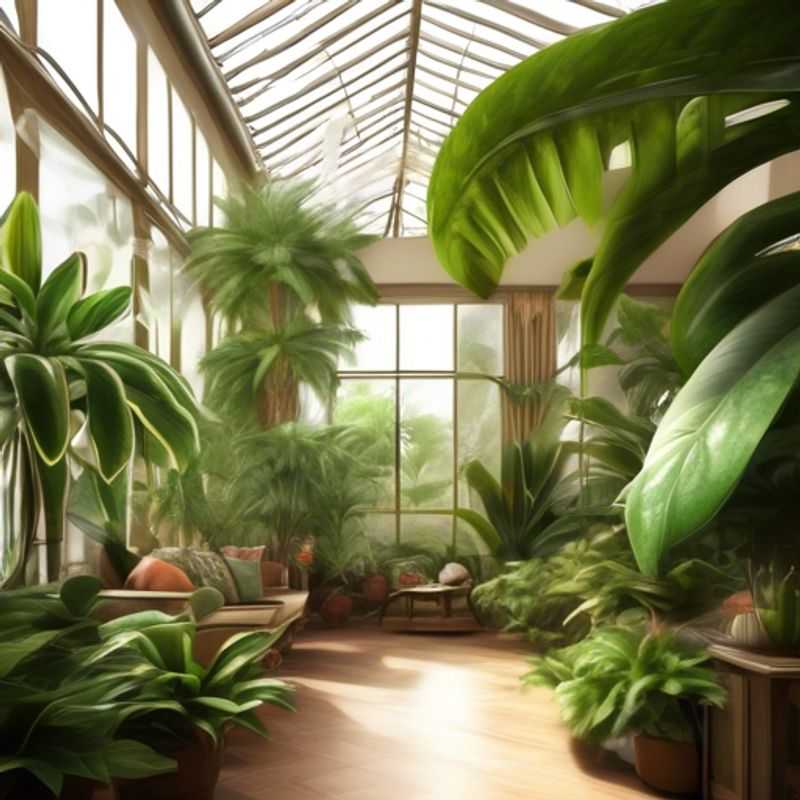
Caring for Your Green Giants: A Guide to Large Leaf Houseplant Needs
Large-leaf houseplants add a touch of the tropics to your home, but they also require some special care. Here's a quick guide to help you keep them thriving:
Light: Most large-leaf plants prefer bright, indirect light. Avoid direct sunlight, which can scorch their leaves. Rotate your plant regularly to ensure even growth.
Water: These plants generally prefer moist soil, but overwatering can lead to root rot. Allow the top inch of soil to dry out before watering again. Use well-draining potting mix to prevent waterlogging.
Humidity: Large-leaf plants often appreciate higher humidity levels. You can increase humidity by misting the leaves regularly, placing a humidifier nearby, or grouping plants together.
Fertilizer: Feed your plants with a balanced liquid fertilizer diluted to half strength during the growing season (spring and summer). Avoid over-fertilizing, which can damage the roots.
Pruning: Regular pruning can help maintain the shape and size of your plant. Remove any dead or damaged leaves. Some plants may benefit from trimming back long stems to encourage bushier growth.
Repotting: As your plant grows, it may require repotting into a larger container. Repotting should be done in the spring or early summer when the plant is actively growing. Choose a pot that's just slightly larger than the current one.
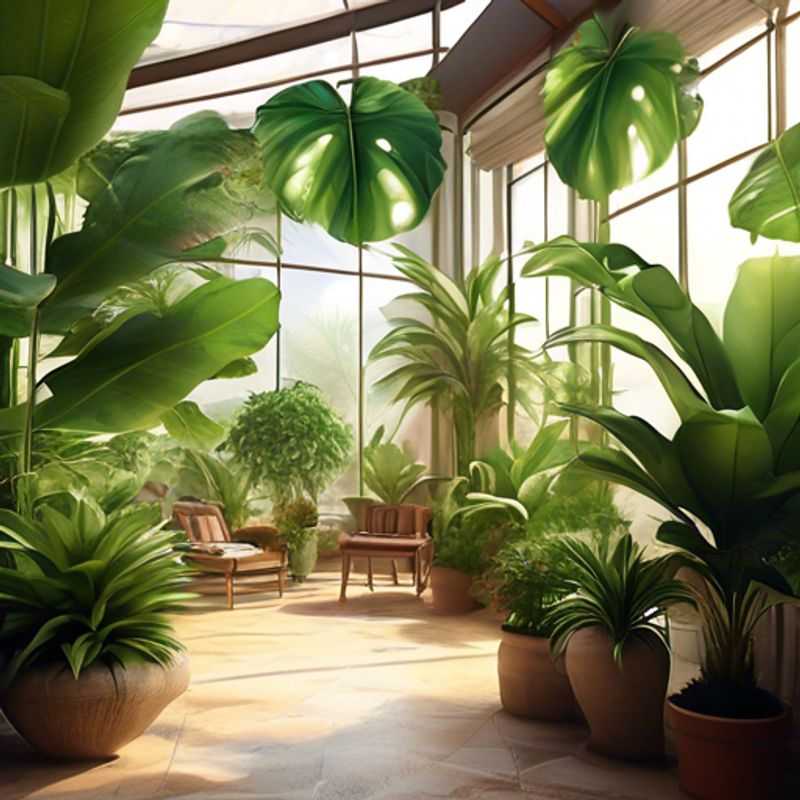
Sunlight Secrets: Choosing Plants That Thrive in Your Home
Before you bring a new plant home, it’s important to consider how much sunlight your home gets. Plants need a certain amount of light to thrive, and if they don't get enough, they can become unhealthy or even die.
The amount of sunlight a plant needs will depend on the specific type of plant. Some plants, like cacti and succulents, are very drought-tolerant and can survive in low-light conditions. Other plants, like ferns and orchids, need much more light and may even need to be placed near a window.
If you're not sure how much sunlight your home gets, you can use a light meter to measure the amount of light in different areas of your home. You can also look at the type of windows you have and their orientation. For example, south-facing windows get the most direct sunlight, while north-facing windows get the least.
Once you know how much sunlight your home gets, you can choose plants that will thrive in those conditions. You can also supplement your home’s natural light with grow lights.
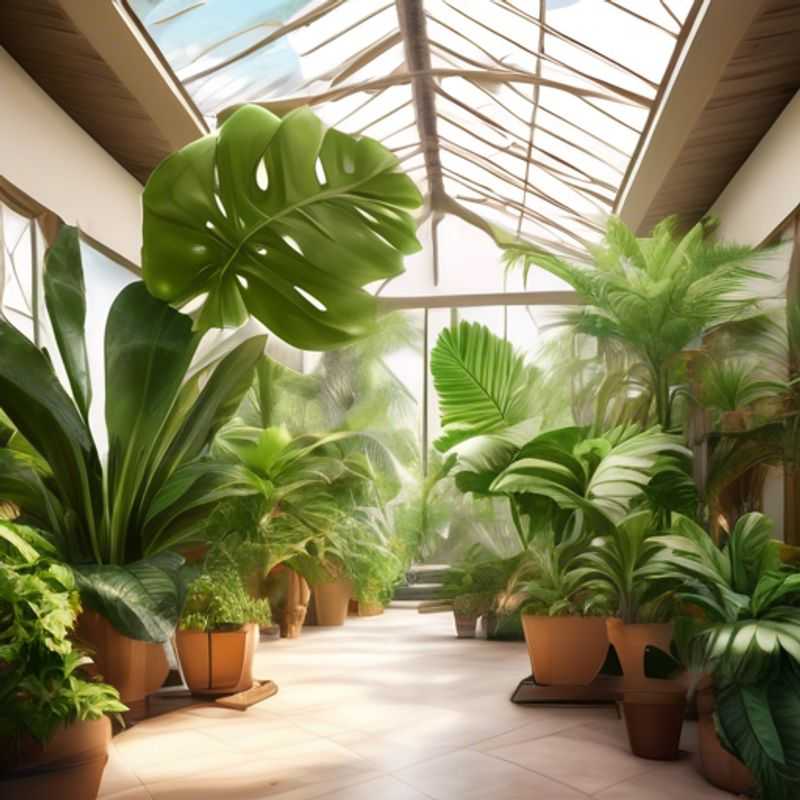
Prepping for Growth: The Perfect Potting Mix and Container for Your Plant
To prepare a suitable potting mix and container for your plants, start by selecting a container with proper drainage holes to prevent waterlogging. The potting mix should be tailored to the specific needs of your plant, generally consisting of a blend of peat moss, perlite, and compost for optimal aeration and nutrients. For plants requiring well-draining soil, consider adding sand or coconut coir to enhance drainage.
When estimating costs for your potting mix and container, consider the following paid activities: purchasing high-quality soil components, buying the container (which can range from inexpensive plastic to decorative ceramic), and any additional amendments like fertilizers or pH adjusters based on your plant's requirements. Remember, investing in a quality potting mix and container can significantly improve your plant's health and growth.
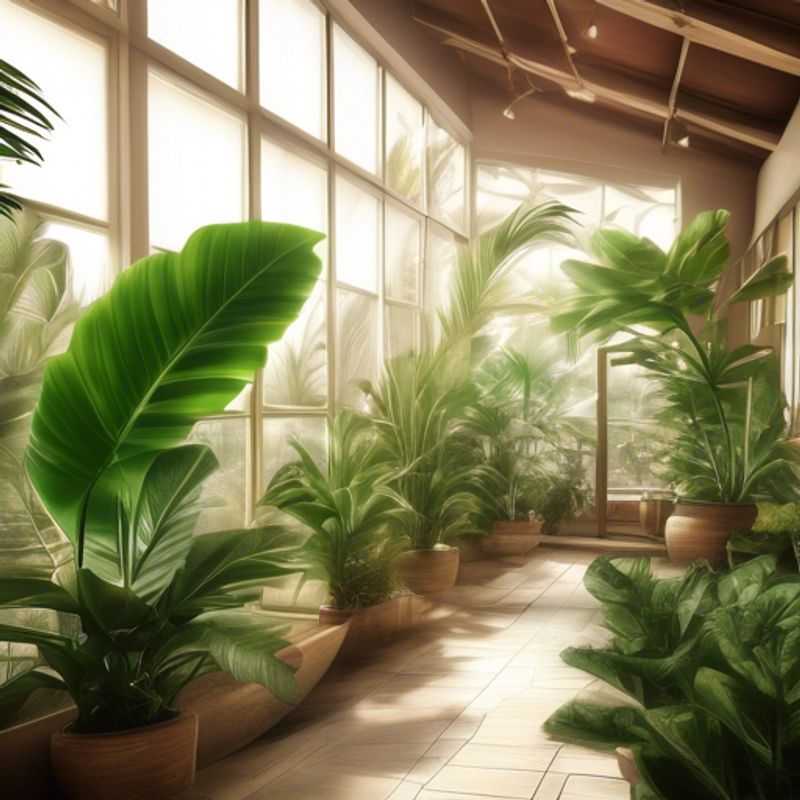
Weighing the Options: Size and Weight Considerations for Plant Transport and Placement
When moving a plant, its size and weight are critical considerations. You need to ensure safe and efficient transportation and placement.
Assess the Plant's Weight and Size:
Before transport, carefully evaluate the plant's dimensions and weight. This might involve measuring its height, width, and depth, as well as estimating its weight. This information helps determine the required equipment, manpower, and potential obstacles.
Transporting the Plant:
For larger plants, specialized equipment like cranes or forklifts might be necessary. These ensure safe and controlled lifting, avoiding damage to the plant or surrounding areas. Consider the weight capacity of the equipment and the maneuvering space available.
Positioning the Plant:
The plant's size dictates the placement location. Carefully choose an area that provides adequate space for its growth, considering its mature size. Assess the surrounding environment for potential hazards, like power lines or underground utilities.
Planning for Potential Costs:
Consider the costs associated with moving a large plant, including equipment rental, labor, permits, and potential site preparation. If you're unsure about the cost, it's best to consult with a professional landscaping company or arborist.
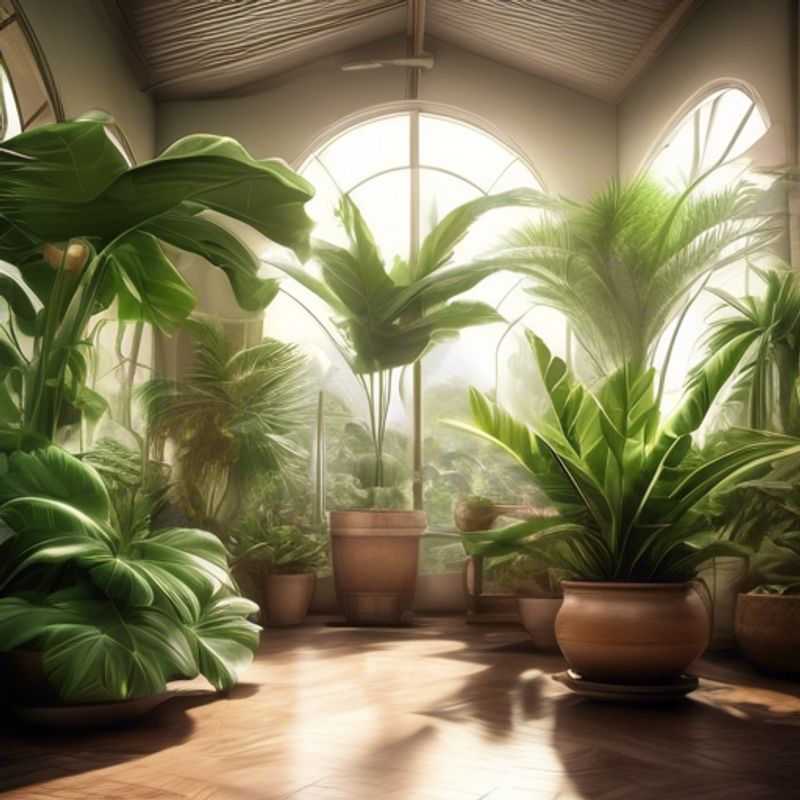
Decoding Your Plants' Thirst: Understanding Watering Needs and Adapting to Change
Understanding your plant's watering needs is crucial for its health and happiness. Every plant has its own preferences, but there are general guidelines you can follow. Start by observing your plant. How often does the soil feel dry? Does it show signs of wilting, like drooping leaves?
Consider the type of plant you have. Some plants, like succulents, thrive on infrequent watering, while others, like ferns, require consistently moist soil. Research your specific plant to understand its ideal watering schedule.
The time of year and climate also play a role. During hot summers, plants need more frequent watering than in the cooler months. Plants in dry climates will also need more water than those in humid climates. Adjust your watering schedule accordingly.
Don't overwater! Too much water can be just as harmful as too little. Ensure the soil has proper drainage, and allow the top inch or two of soil to dry out between waterings. Avoid watering until the plant shows signs of wilting.
Use your fingers to check the soil moisture. If the top inch feels dry, it's time to water. If the soil is still moist, wait a few more days. Pay attention to your plant's cues.
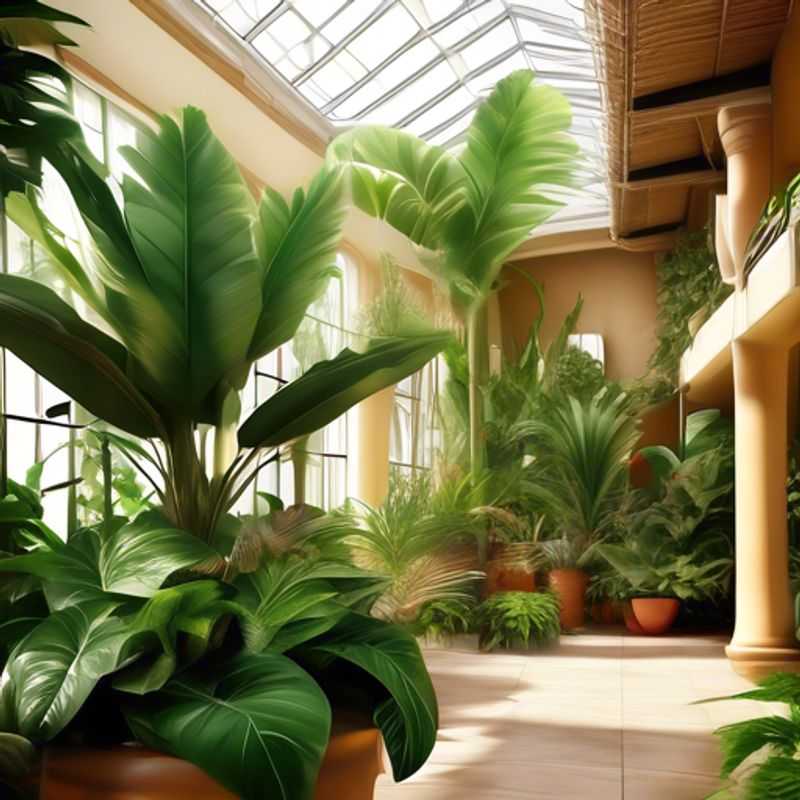
The Green Thumb's Guide to Perfect Plant Humidity and Temperature
Humidity and temperature are critical factors in plant growth. Each plant species has its own ideal range for these factors, and deviating from these ranges can lead to stress, disease, and even death.
Humidity refers to the amount of moisture in the air. Most plants thrive in moderate humidity levels, typically between 40% and 60%. If the air is too dry, plants can become dehydrated and their leaves may wilt. On the other hand, excessive humidity can lead to fungal diseases and root rot.
Temperature is another crucial element. Most plants prefer temperatures between 65°F and 75°F (18°C and 24°C). However, it's important to research the specific requirements of your plant species. Some plants, like orchids, require higher humidity and warmer temperatures, while others, like succulents, prefer drier environments and cooler temperatures.
To ensure your plants thrive, consider using a humidity meter and a thermometer to monitor these factors. You can also adjust your plant's environment by grouping them together, using humidifiers or pebble trays, or even moving them to a location with a more favorable climate.
It's also important to remember that these ranges are just general guidelines. Individual plant species and their specific needs can vary. Always research the optimal humidity and temperature range for your particular plant to ensure its health and well-being.
